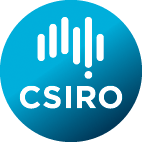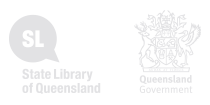When
Wednesday 5th Feb, 2:45 pm
Where
Room B2
Hashtag
#W19
Category
Insight
Presenter
Janet Salisbury
Abstract
Because of the large number of homes in Australia that include some asbestos building materials, there is an ongoing issue for homeowners, hobby renovators and members of the public about how to safely handle asbestos products. In 2009, Biotext was appointed by the Australian Government Department of Health and Ageing on behalf of the Environmental Health Subcommittee (a committee made up of representatives of all states and territories) to write and design a booklet for homeowners about the risks of asbestos for householders and the general public.
Our brief for the booklet were twofold:
- To communicate the health risks associated with low levels of asbestos exposure, such as occur in a home environment.
- To provide guidance on how to safely handle asbestos products in the home.
The first aim of the booklet—risk communication—was a major challenge. As with many other environmental agents, there is no level of exposure that can identified as ‘no risk’ and risk communication for this issue involved the difficult task of providing clear information to promote the necessary precaution without over- or understating the danger. To convey these difficult concepts, we developed simple text and infographics to illustrate different risk factors and levels of risk, and designed an overall theme for the booklet based on a visual concept of dandelion fluff.
The second aim of the booklet—guidance on safe handling—was also challenging because of the wide variety of asbestos products that have been used in buildings and the number of different situations when exposure can occur. To achieve this aim, we used simple text, infographics, photographs, hypothetical case studies and action-focused information.
After many drafts, committee haggling and approvals, focus group testing, and sign-off by state, territory and federal chief medical officers, the booklet was published in 2012. Its publication caused an immediate outcry from asbestos disease sufferers support groups leading to ‘ban the book’ demonstrations in Victoria in late 2012. This was followed by revision of the booklet and publication of a new edition in 2013.
This talk will explore what happened, including our role as science communicators in this highly contentious policy area.











z